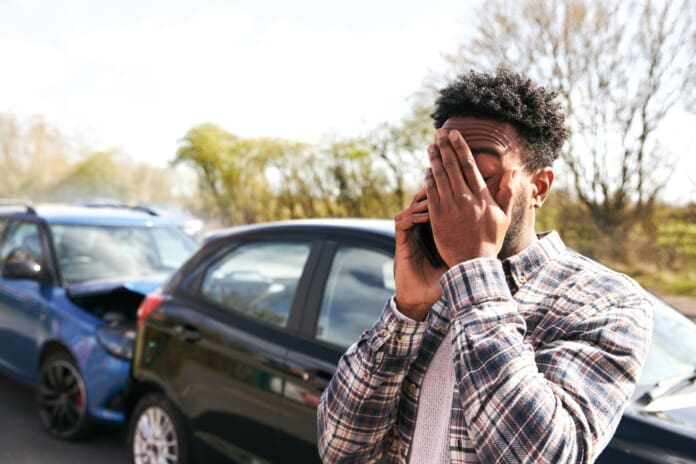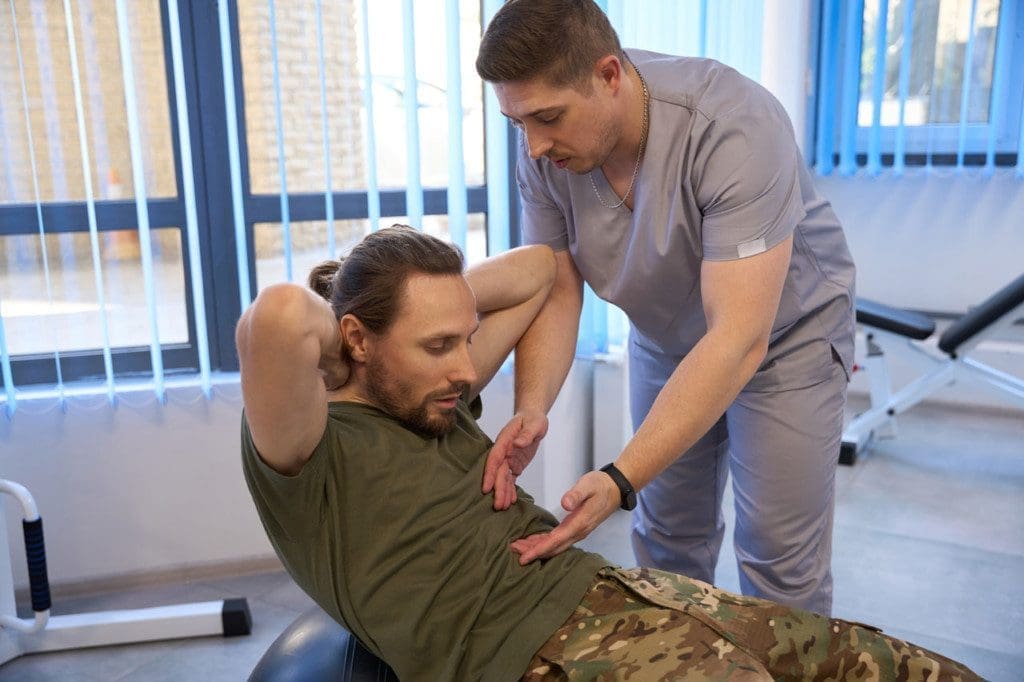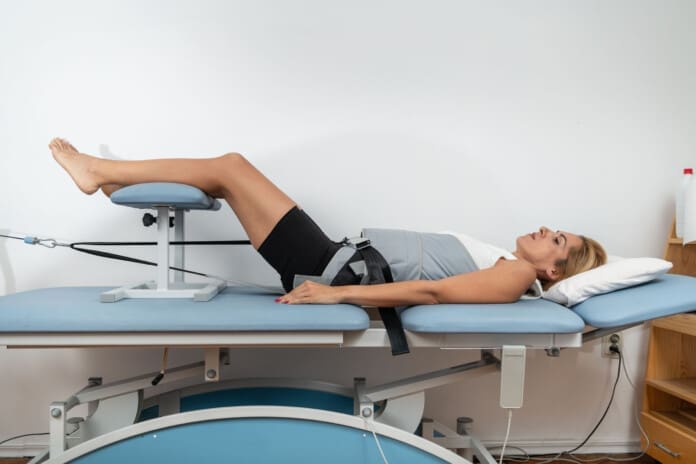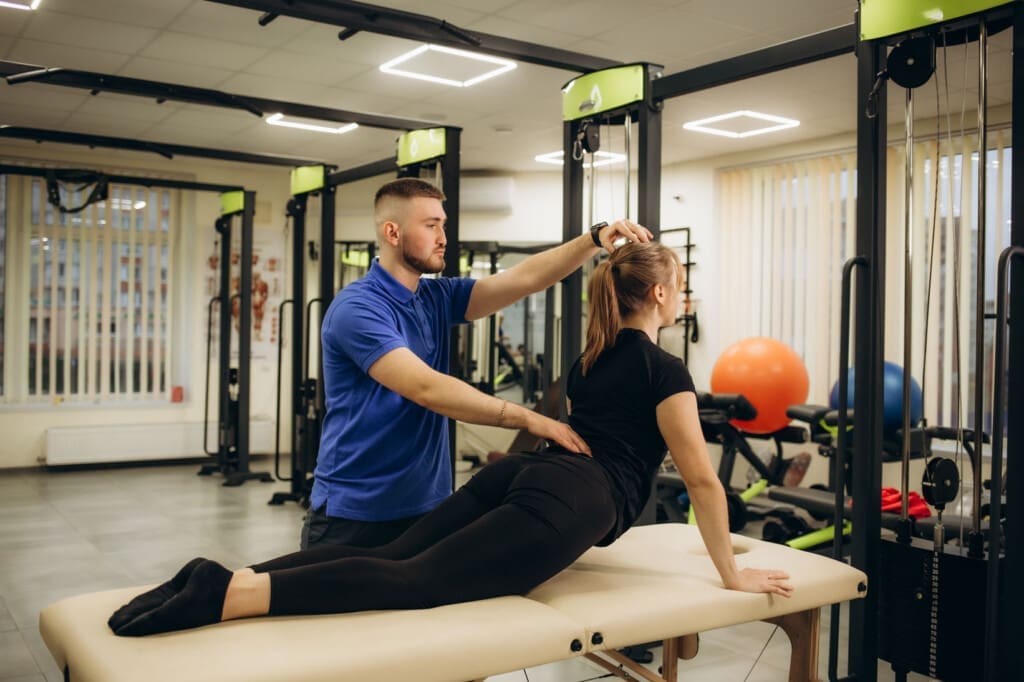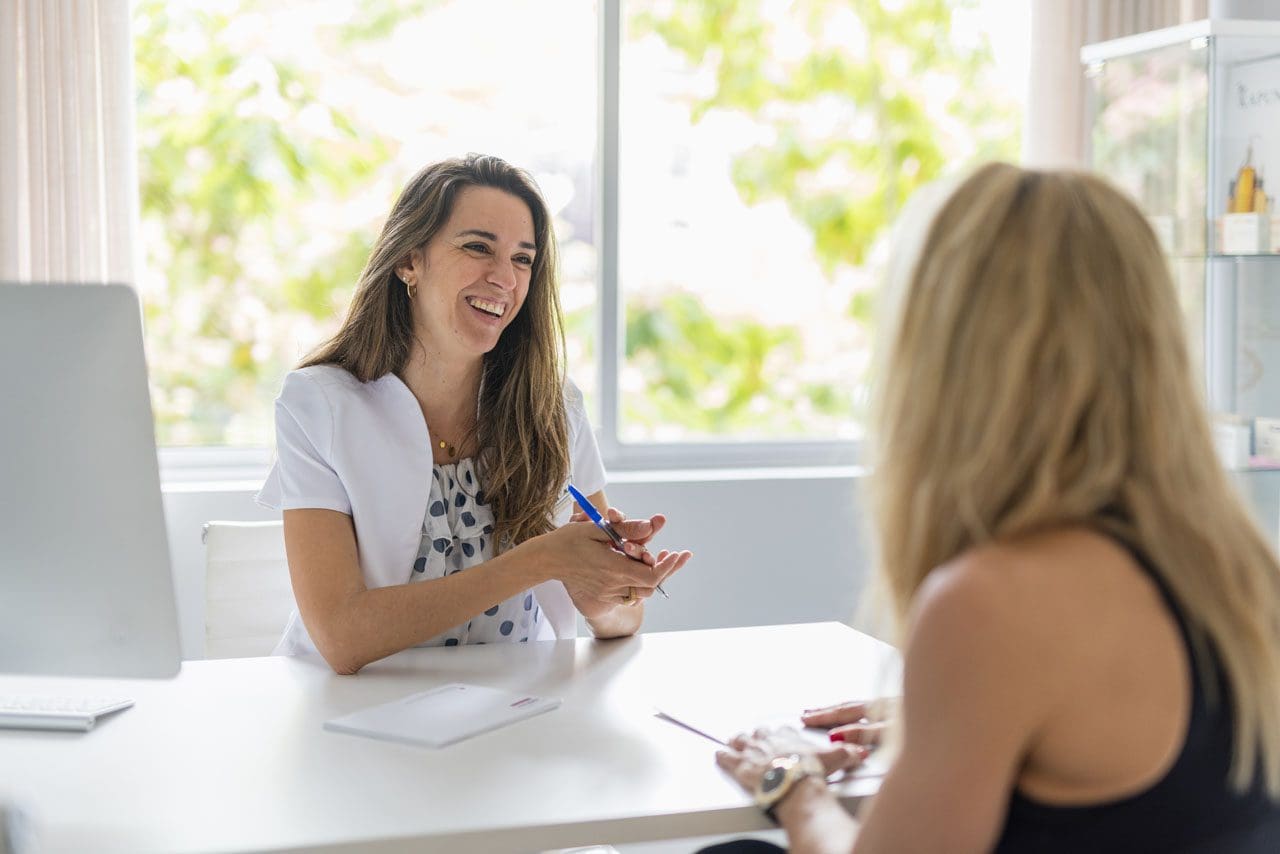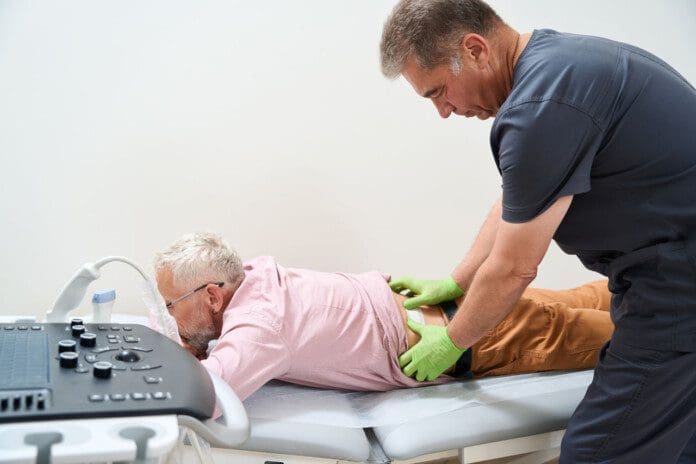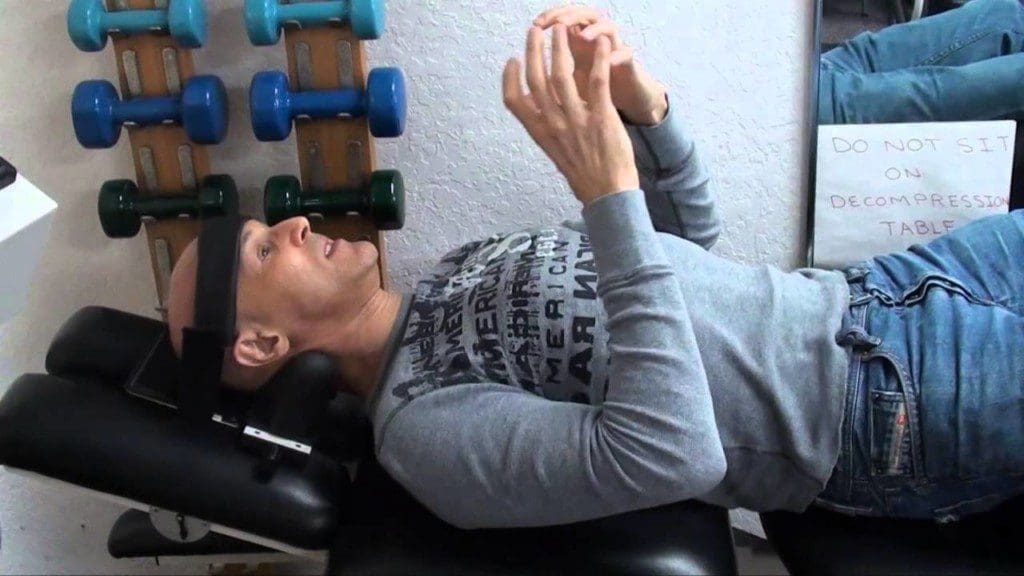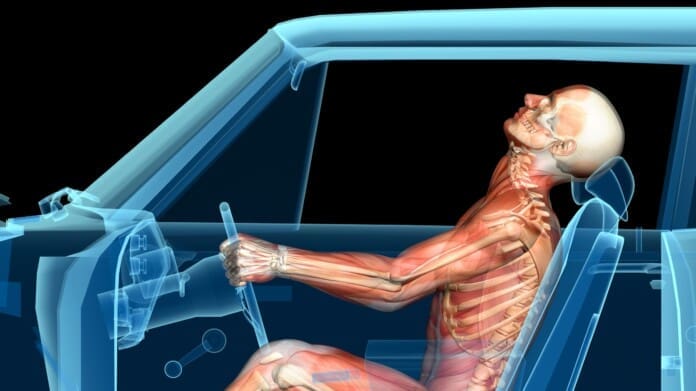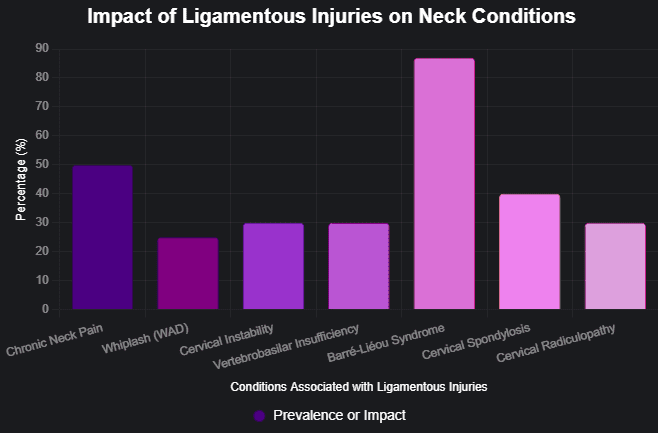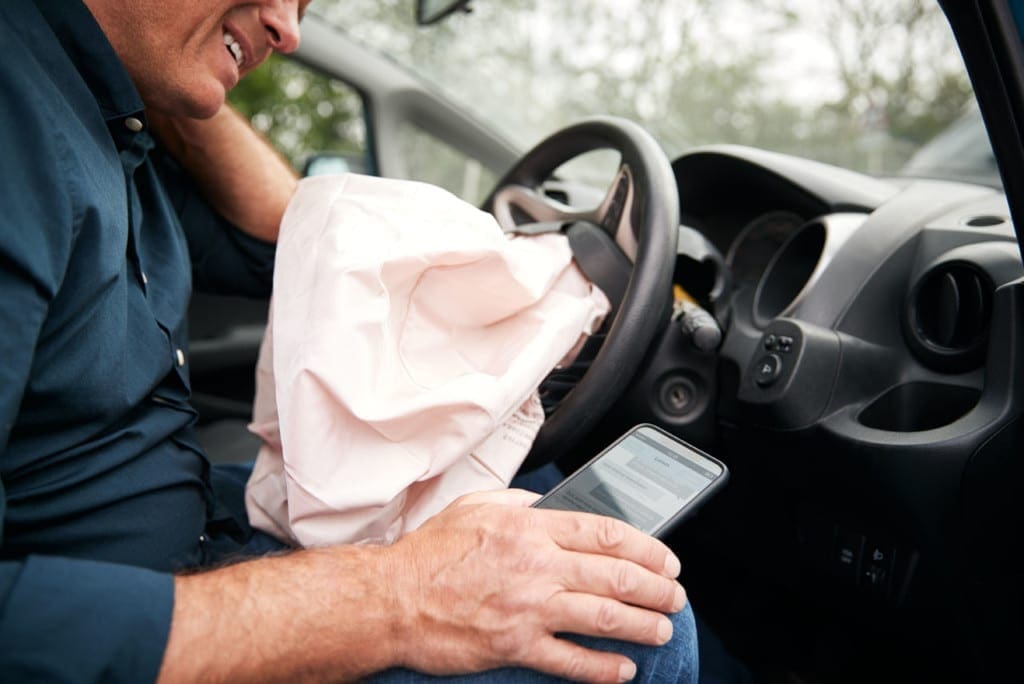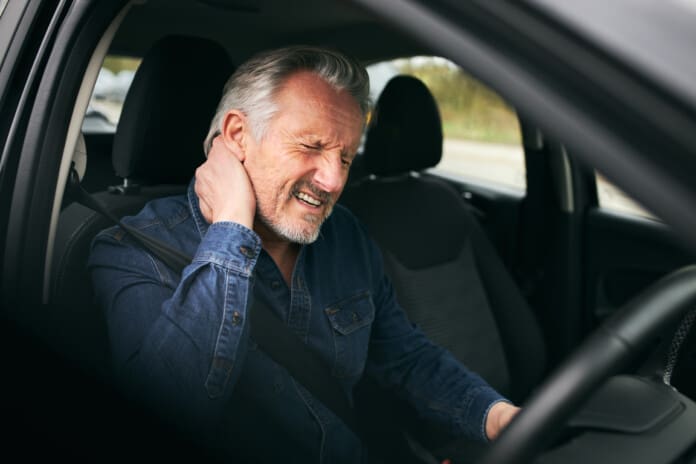Table of Contents
Functional Medicine: A Holistic Approach to Recovery from Motor Vehicle Accidents
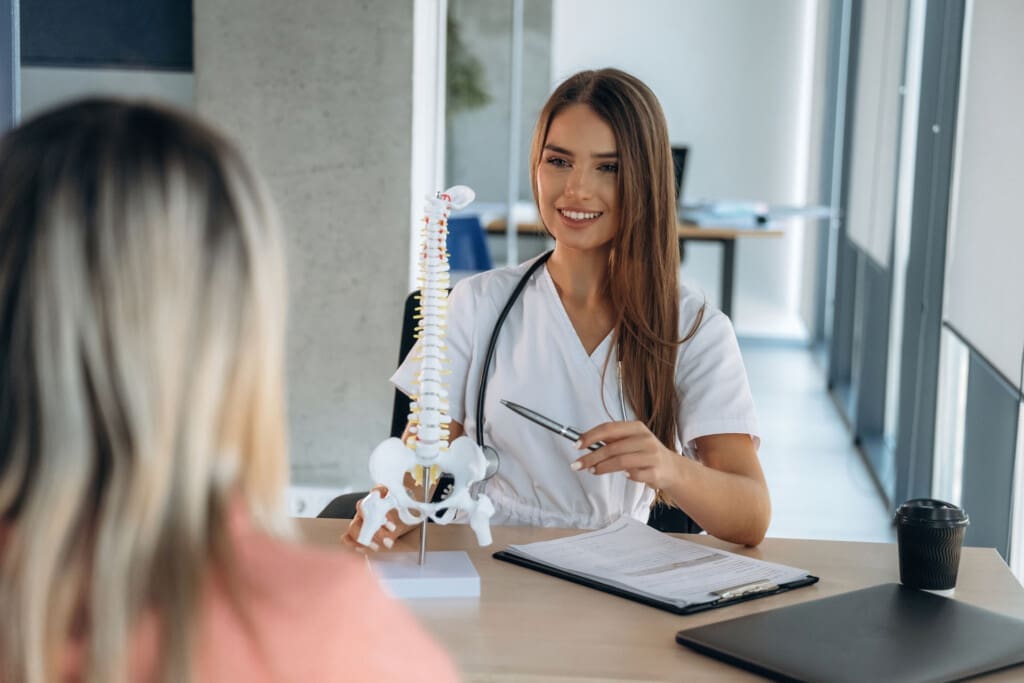
Motor vehicle accidents (MVAs) can leave individuals with a range of physical and psychological injuries, from back and neck pain to intestinal damage and emotional trauma. These injuries often have indirect effects, which can impact overall health and well-being. Functional medicine, a patient-centered approach that addresses the root causes of health issues, offers a comprehensive recovery solution. By integrating chiropractic care, advanced diagnostics, and personalized treatment plans, functional medicine helps restore balance to the body’s systems. In El Paso, Texas, Dr. Alexander Jimenez, a chiropractor and nurse practitioner, exemplifies this approach, combining clinical expertise with legal documentation to support personal injury cases. This blog post explores how MVAs cause indirect trauma, the role of functional medicine in recovery, and Dr. Jimenez’s unique contributions to patient care.
Understanding Motor Vehicle Accidents and Indirect Trauma
MVAs are a leading cause of injuries in the United States, with over 6 million reported annually. While some injuries, like fractures, are immediately apparent, others, such as whiplash, soft tissue damage, and gut health disruptions, may develop over time. Indirect trauma refers to the secondary effects of an accident, such as inflammation, hormonal imbalances, or psychological stress, which can exacerbate physical symptoms.
Back and Neck Pain
Whiplash, a common MVA injury, occurs when the head is suddenly jerked forward and backward, straining the neck’s muscles, tendons, and ligaments. This can lead to chronic neck pain, stiffness, and headaches. Similarly, back pain often results from spinal misalignment or disc injuries caused by the force of impact. These musculoskeletal issues can persist if not addressed properly, leading to long-term discomfort and reduced mobility (Jimenez, 2025a).
Intestinal Damage
The gut is particularly vulnerable to MVA-related trauma. The stress and inflammation caused by an accident can disrupt the gut microbiome, leading to conditions like leaky gut syndrome or irritable bowel syndrome (IBS). Even without direct abdominal impact, the body’s stress response can alter digestion, leading to symptoms such as bloating, diarrhea, or constipation. Dr. Jimenez notes that gut health is often overlooked in MVA recovery, yet it plays a critical role in overall healing (Jimenez, 2025b).
Psychological Impact
The emotional toll of an MVA can manifest as anxiety, depression, or post-traumatic stress disorder (PTSD). These psychological effects can amplify physical symptoms, creating a vicious cycle of pain and distress. Addressing both physical and emotional health is essential for comprehensive recovery (Visionary Law Group, 2025).
Citations:
- Jimenez, A. (2025a). Motor vehicle accidents and musculoskeletal injuries. https://storage.googleapis.com/msgsndr/f7MqhebiCT4QYAjutsvR/media/672272990323aab9159b8339.pdf
- Jimenez, A. (2025b). Motor vehicle accidents and gut health concerns. https://storage.googleapis.com/msgsndr/f7MqhebiCT4QYAjutsvR/media/67227299da17a583d1941479.pdf
- Visionary Law Group. (2025). Comprehensive guide to auto accident trauma assessment. https://visionarylawgroup.com/comprehensive-guide-to-auto-accident-trauma-assessment/
The Role of Functional Medicine in MVA Recovery
Functional medicine focuses on identifying and treating the underlying causes of health issues rather than masking symptoms. This approach is particularly effective for MVA recovery, as it addresses the interconnected nature of physical and psychological injuries.
Personalized Treatment Plans
Functional medicine practitioners create customized treatment plans based on a patient’s unique health profile. These plans may include nutritional counseling, chiropractic adjustments, physical therapy, and stress management techniques. By addressing the root causes of pain and dysfunction, functional medicine promotes long-term healing (Premier Functional Medicine, 2025).
Chiropractic Care
Chiropractic care is a cornerstone of functional medicine for MVA recovery. Spinal adjustments help restore alignment, reduce inflammation, and improve mobility. Dr. Jimenez emphasizes the importance of manual therapies, such as massage and spinal decompression, in alleviating pain and preventing chronic conditions (Heartspring Health, 2023a).
Nutritional Support
Nutrition plays a crucial role in the healing process after a motor vehicle accident (MVA). Anti-inflammatory diets rich in omega-3 fatty acids, antioxidants, and fiber can reduce inflammation and support gut health. Dr. Jimenez recommends nutrient-dense foods to enhance energy levels, reduce fatigue, and promote tissue repair. (Health Coach Clinic, 2025a).
Mind-Body Connection
Functional medicine recognizes the link between mental and physical health. Techniques such as mindfulness, meditation, and acupuncture can help manage stress and enhance emotional well-being. These therapies complement physical treatments, ensuring a holistic approach to recovery (Pacific Natural Medicine, 2025).
Citations:
- Premier Functional Medicine. (2025). Toradol in functional medicine. https://www.premierfunctionalmedicine.com/services/toradol
- Heartspring Health. (2023a). Collaborative natural medicine for motor vehicle accidents. https://heartspringhealth.com/collaborative-natural-medicine-motor-vehicle-accidents/
- Health Coach Clinic. (2025a). Post-automobile accident nutrition for quick recovery. https://healthcoach.clinic/post-automobile-accident-nutrition-for-quick-recovery/
- Pacific Natural Medicine. (2025). Naturopathic car accident treatment. https://www.pacificnaturalmedicine.com/post/naturopathic-car-accident-treatment
Dr. Alexander Jimenez: A Leader in MVA Recovery
Dr. Alexander Jimenez, a chiropractor and board-certified nurse practitioner in El Paso, Texas, is renowned for his integrative approach to MVA recovery. With over 25 years of experience, Dr. Jimenez combines chiropractic care, functional medicine, and advanced diagnostics to treat complex injuries. His dual licensure allows him to bridge physical medicine with medical management, providing comprehensive care for personal injury cases (Jimenez, 2025c).
Clinical Rationale for Advanced Diagnostics
Dr. Jimenez emphasizes the importance of advanced imaging, such as X-rays and MRIs, in diagnosing MVA injuries. These tools help identify subtle damage, such as disc herniations or soft tissue injuries, that may not be visible during a physical examination. Dual-scope procedures, which combine chiropractic and medical assessments, provide a thorough understanding of a patient’s condition. Diagnostic assessments, including blood panels and functional medicine tools, reveal underlying issues like inflammation or hormonal imbalances that contribute to pain (Jimenez, 2025a).
Legal Documentation
In personal injury cases, accurate documentation is crucial for legal claims. Dr. Jimenez’s detailed intake process, which includes multi-page questionnaires, ensures that all aspects of an accident and its impact are thoroughly recorded. This information supports both medical treatment and legal proceedings, helping patients secure compensation for their injuries (Personal Injury Doctor Group, 2025).
Case Studies
Dr. Jimenez’s clinic has successfully treated numerous MVA victims in El Paso. For example, a patient with chronic neck pain and gut issues post-accident experienced significant improvement through a combination of spinal adjustments, nutritional counseling, and stress management. These case studies highlight the effectiveness of his integrative approach (Jimenez, 2025b).
Citations:
- Jimenez, A. (2025c). Dr. Alexander Jimenez’s profile. https://www.linkedin.com/in/dralexjimenez/
- Jimenez, A. (2025a). Motor vehicle accidents and musculoskeletal injuries. https://storage.googleapis.com/msgsndr/f7MqhebiCT4QYAjutsvR/media/672272990323aab9159b8339.pdf
- Jimenez, A. (2025b). Motor vehicle accidents and gut health concerns. https://storage.googleapis.com/msgsndr/f7MqhebiCT4QYAjutsvR/media/67227299da17a583d1941479.pdf
- Personal Injury Doctor Group. (2025). Motor vehicle accidents and gut health concerns. https://personalinjurydoctorgroup.com/2025/06/16/motor-vehicle-accidents-and-gut-health-concerns/amp/
Musculoskeletal Joint Pain and Long-Term Effects
MVA injuries can contribute to the progression of musculoskeletal joint pain, particularly in the spine and extremities. Chronic inflammation, scar tissue formation, and biomechanical imbalances can lead to conditions like degenerative arthritis or fibromyalgia. Functional medicine addresses these issues by reducing inflammation, improving joint mobility, and preventing further degeneration (Balance Body Med, 2025).
Chiropractic Interventions
Chiropractic adjustments restore joint alignment and reduce nerve irritation, alleviating pain and improving function. Techniques like spinal decompression and soft tissue therapy target specific areas of dysfunction, promoting healing and preventing chronic pain (RX Wellness, 2025).
Functional Medicine Strategies
Functional medicine practitioners use blood tests to assess markers of inflammation, such as C-reactive protein, and recommend targeted interventions. For example, supplements like turmeric or omega-3 fatty acids can help reduce inflammation, while physical therapy strengthens the supporting muscles to stabilize joints. (Heartspring Health, 2023b).
Citations:
- Balance Body Med. (2025). Chronic pain management in functional medicine. https://www.balancebodymed.com/post/chronic-pain-management-in-functional-medicine
- RX Wellness. (2025). From pain to recovery: Natural car accident injury treatment options at RX Wellness. https://www.rxwellness.net/from-pain-to-recovery-natural-car-accident-injury-treatment-options-at-rxwellness/
- Heartspring Health. (2023b). Naturopathic doctor: Natural car accident treatment. https://heartspringhealth.com/naturopathic-doctor-natural-car-accident-treatment/
Comprehensive Recovery Strategies
Recovering from a motor vehicle accident (MVA) requires a multifaceted approach that addresses physical, emotional, and psychological health. Functional medicine offers several strategies to support this process.
Physical Rehabilitation
Physical therapy and chiropractic care restore range of motion and strength. Exercises like stretching and resistance training help rebuild muscle and prevent re-injury. Dr. Jimenez’s clinic incorporates functional strength training to enhance recovery and improve agility (Health Coach Clinic, 2025b).
Emotional Support
Counseling and mind-body therapies help patients cope with emotional challenges. Addressing PTSD or anxiety can reduce physical tension and improve overall recovery outcomes (Accident Care Chiropractic, 2025).
Gut Health Optimization
Restoring gut health is critical for systemic healing. Probiotics, prebiotics, and dietary adjustments can help repair the gut microbiome, thereby reducing inflammation and supporting immune function. Dr. Jimenez’s protocols include personalized nutrition plans to address gut-related symptoms (Jimenez, 2025b).
Citations:
- Health Coach Clinic. (2025b). El Paso motor vehicle accident physical therapy insights. https://healthcoach.clinic/el-paso-motor-vehicle-accident-physical-therapy-insights/
- Accident Care Chiropractic. (2025). Returning to work and activities after an auto accident. https://accidentcarechiropractic.com/returning-to-work-and-activities-after-an-auto-accident/
- Jimenez, A. (2025b). Motor vehicle accidents and gut health concerns. https://storage.googleapis.com/msgsndr/f7MqhebiCT4QYAjutsvR/media/67227299da17a583d1941479.pdf
Conclusion
Functional medicine offers a holistic and effective approach to recovering from motor vehicle accidents by addressing the root causes of injuries and promoting overall well-being. Through personalized treatment plans, chiropractic care, nutritional support, and emotional therapies, patients can achieve lasting healing and wellness. Dr. Alexander Jimenez’s expertise in El Paso underscores the effectiveness of integrating advanced diagnostics, dual-scope procedures, and functional medicine in treating MVA victims. His ability to provide comprehensive care while supporting legal documentation sets a standard for personal injury cases. By focusing on the interconnected nature of physical and psychological health, functional medicine empowers individuals to reclaim their health and thrive after an accident.
References
- Accident Care Chiropractic. (2025). Returning to work and activities after an auto accident. https://accidentcarechiropractic.com/returning-to-work-and-activities-after-an-auto-accident/
- Balance Body Med. (2025). Chronic pain management in functional medicine. https://www.balancebodymed.com/post/chronic-pain-management-in-functional-medicine
- Health Coach Clinic. (2025a). Post-automobile accident nutrition for quick recovery. https://healthcoach.clinic/post-automobile-accident-nutrition-for-quick-recovery/
- Health Coach Clinic. (2025b). El Paso motor vehicle accident physical therapy insights. https://healthcoach.clinic/el-paso-motor-vehicle-accident-physical-therapy-insights/
- Heartspring Health. (2023a). Collaborative natural medicine for motor vehicle accidents. https://heartspringhealth.com/collaborative-natural-medicine-motor-vehicle-accidents/
- Heartspring Health. (2023b). Naturopathic doctor: Natural car accident treatment. https://heartspringhealth.com/naturopathic-doctor-natural-car-accident-treatment/
- Jimenez, A. (2025a). Motor vehicle accidents and musculoskeletal injuries. https://storage.googleapis.com/msgsndr/f7MqhebiCT4QYAjutsvR/media/672272990323aab9159b8339.pdf
- Jimenez, A. (2025b). Motor vehicle accidents and gut health concerns. https://storage.googleapis.com/msgsndr/f7MqhebiCT4QYAjutsvR/media/67227299da17a583d1941479.pdf
- Jimenez, A. (2025c). Dr. Alexander Jimenez’s profile. https://www.linkedin.com/in/dralexjimenez/
- Pacific Natural Medicine. (2025). Naturopathic car accident treatment. https://www.pacificnaturalmedicine.com/post/naturopathic-car-accident-treatment
- Personal Injury Doctor Group. (2025). Motor vehicle accidents and gut health concerns. https://personalinjurydoctorgroup.com/2025/06/16/motor-vehicle-accidents-and-gut-health-concerns/amp/
- Premier Functional Medicine. (2025). Toradol in functional medicine. https://www.premierfunctionalmedicine.com/services/toradol
- RX Wellness. (2025). From pain to recovery: Natural car accident injury treatment options at RX Wellness. https://www.rxwellness.net/from-pain-to-recovery-natural-car-accident-injury-treatment-options-at-rxwellness/
- Visionary Law Group. (2025). Comprehensive guide to auto accident trauma assessment. https://visionarylawgroup.com/comprehensive-guide-to-auto-accident-trauma-assessment/




